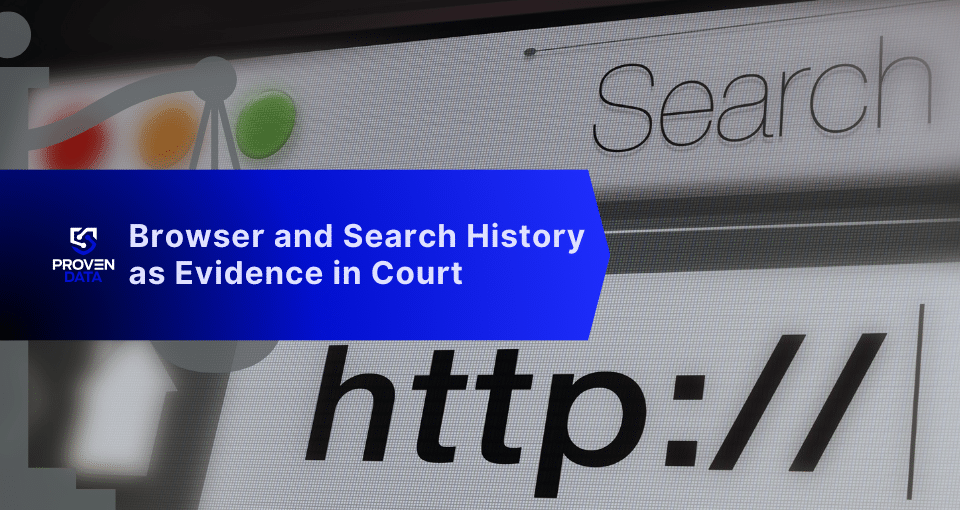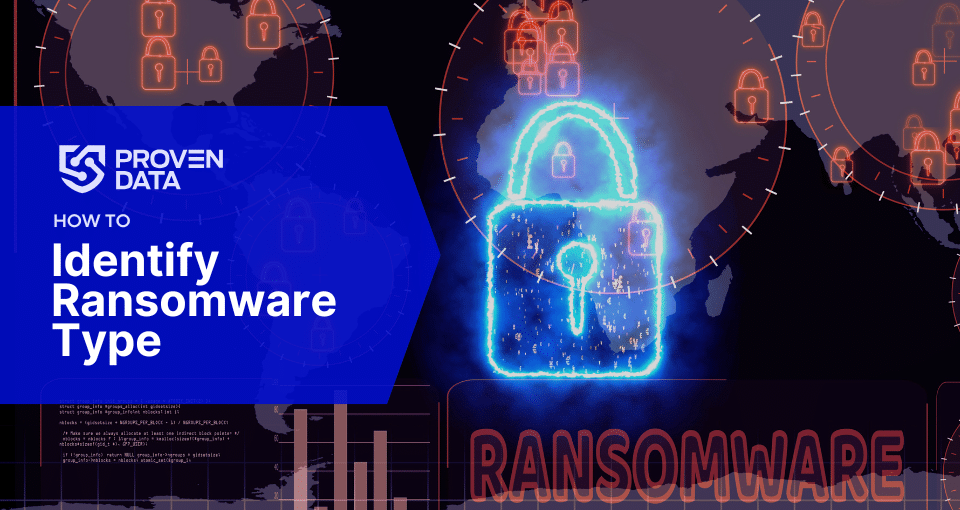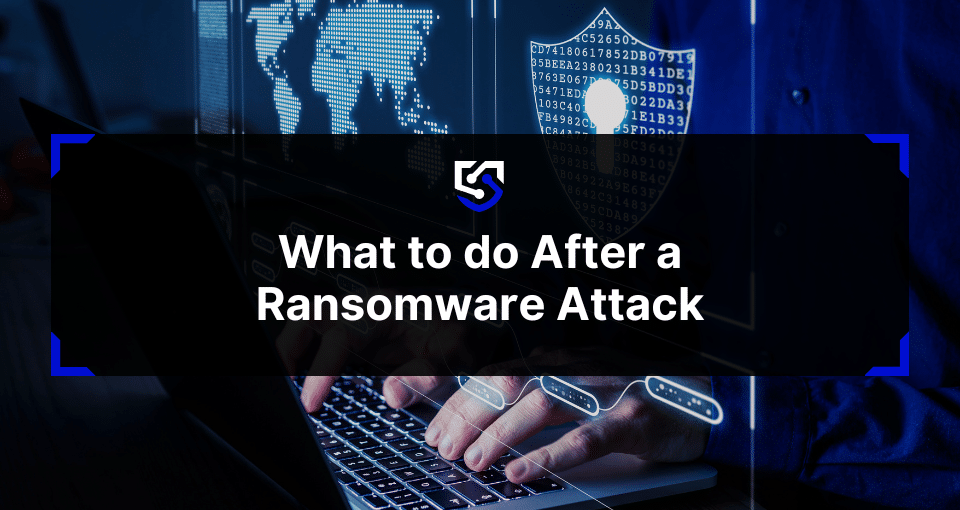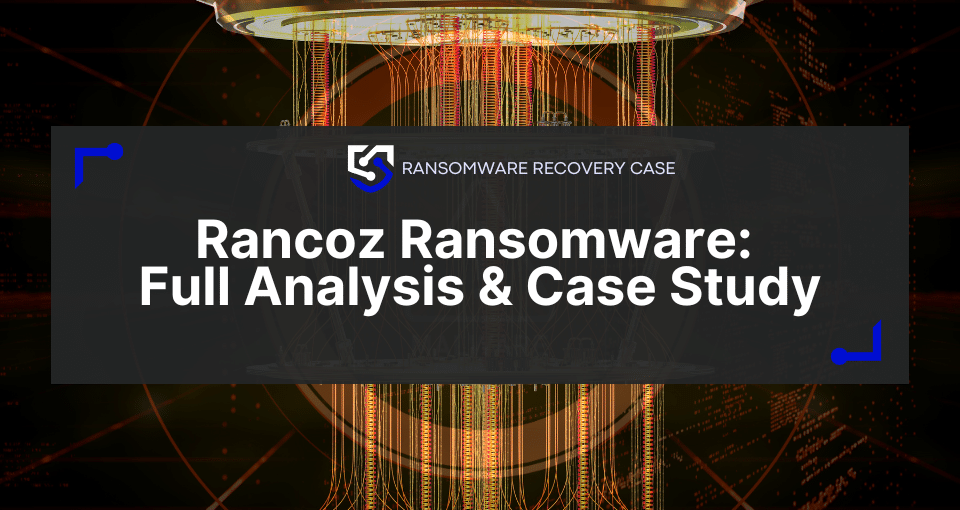Search history (queries entered into engines like Google) and browser history (websites visited via browsers like Safari or Chrome) are digital footprints, stored both locally on devices and by third parties such as internet service providers (ISPs) or cloud platforms. They can reveal intent, premeditation, or post-crime behavior. While search history reflects specific terms (e.g., “how to hide a body”), browser history documents URLs accessed, including timestamped visits to illicit websites.
Access and storage of internet history:
- ISPs: Track domains visited, device types, and locations, retaining data for 6 to 24 months, as required by data retention laws in different States.
- Search Engines: Google retains search-linked accounts for 18 to 36 months, depending on auto-delete settings.
- Employers or Network Admins: Monitor activity on company devices or networks, which can be admissible in employment disputes.
- Law Enforcement: Obtained via subpoenas (e.g., Patriot Act § 215) or warrants, even for deleted data.
Digital forensics and court admissibility
For digital evidence, such as internet search history and browser history, it must be appropriately collected and all steps documented so that it can be admissible in court. Digital forensic experts recover, authenticate, and preserve browser data using specific tools and processes.
Key steps include:
1. Data Recovery: Extracting deleted history via file carving or cloud backups.
Tools like Autopsy or Cellebrite recover deleted search terms from unallocated disk space or mobile device backups.
Chrome data synced to Google Accounts retains searches for 18 to 36 months, depending on your auto-delete settings.
Safari bookmarks and history synced via iCloud require subpoenas to Apple for decrypted records.
2. Authentication: Timestamps, IP addresses, and device IDs in the browser history are matched with ISP records or activity on Google or Microsoft accounts to establish user identity.
Chrome: Examines Login Data files and Google Account synchronization logs to confirm signed-in status during searches.
Safari: Relies on iCloud syncing records and macOS system logs.
3. Chain of Custody: Documenting extraction methods to counter tampering claims.
Experts also testify to explain technical processes (e.g., Chrome’s SQLite databases) and rebut defense challenges (e.g., accidental access by demonstrating repeated login patterns). Digital forensics professionals also ensure they use NIST-approved tools to prove that the data wasn’t tampered with.
Legal admissibility standards
Evidentiary standards dictate when and how internet search history can be presented in court. These standards ensure fairness, prevent misuse of potentially prejudicial information, and uphold the integrity of legal proceedings. Unlike traditional physical evidence, digital evidence requires careful scrutiny due to its susceptibility to alteration and misinterpretation. The primary framework for admissibility in federal courts is the Federal Rules of Evidence (FRE), which provide guidelines for relevance, probative value, and authentication.
Federal Rules of Evidence (FRE)
In practice, search history must be directly related to a key element of the case, such as intent, motive, or opportunity. For instance, a search for “how to hide a body” in a homicide case is highly probative. However, courts must balance this probative value against the risk of unfair prejudice, where the evidence may inflame the jury’s emotions or distract them from the factual issues. This balancing act ensures that the evidence is genuinely informative, not merely inflammatory.
- Rule 401 (Test for relevant evidence):
Evidence is relevant if it has any tendency to make a fact more or less probable than it would be without the evidence, and the fact is of consequence in determining the action.
- Rule 403 (Excluding relevant evidence for prejudice, confusion, waste of time, or other reasons):
The court may exclude relevant evidence if its probative value is substantially outweighed by a danger of one or more of the following: unfair prejudice, confusing the issues, misleading the jury, undue delay, wasting time, or needlessly presenting cumulative evidence.
- Rule 404(b): Evidence of Other Crimes, Wrongs, or Acts
This rule generally prohibits using evidence of a person’s character or prior conduct to prove they acted in accordance with that character in the current case. However, it allows such evidence for other purposes, such as proving motive, opportunity, intent, preparation, plan, knowledge, identity, absence of mistake, or lack of accident.
- Rule 901: Authenticating or identifying evidence
This rule requires the proponent of the evidence to produce evidence sufficient to support a finding that the item is what the proponent claims it is. In the context of search history, authentication is crucial because digital data can be easily altered or fabricated.
Methods of authentication:
- Hash Verification: Confirming the integrity of the data by comparing cryptographic hash values and analyzing metadata.
- Expert Testimony: A digital forensics expert can testify about the methods used to extract and preserve the data, as well as its consistency with known browser or search engine behaviors. This testimony helps establish that the search history is genuine and has not been altered.
Conclusion
In the modern litigation landscape, browser and search history have emerged as critical, yet complex, forms of evidence. While offering unprecedented insight into intent, behavior patterns, and credibility, their admissibility is governed by stringent legal standards designed to balance probative value against the risks of prejudice and misinterpretation.
As such, legal and law enforcement agencies must partner with qualified digital forensics providers. These experts not only possess the technical expertise to recover and authenticate this data but also understand the evidentiary rules that govern its use, ensuring that digital evidence is both compelling and defensible in court. This collaborative approach maximizes the potential of browser and search history to inform legal strategies and advance the pursuit of justice.







